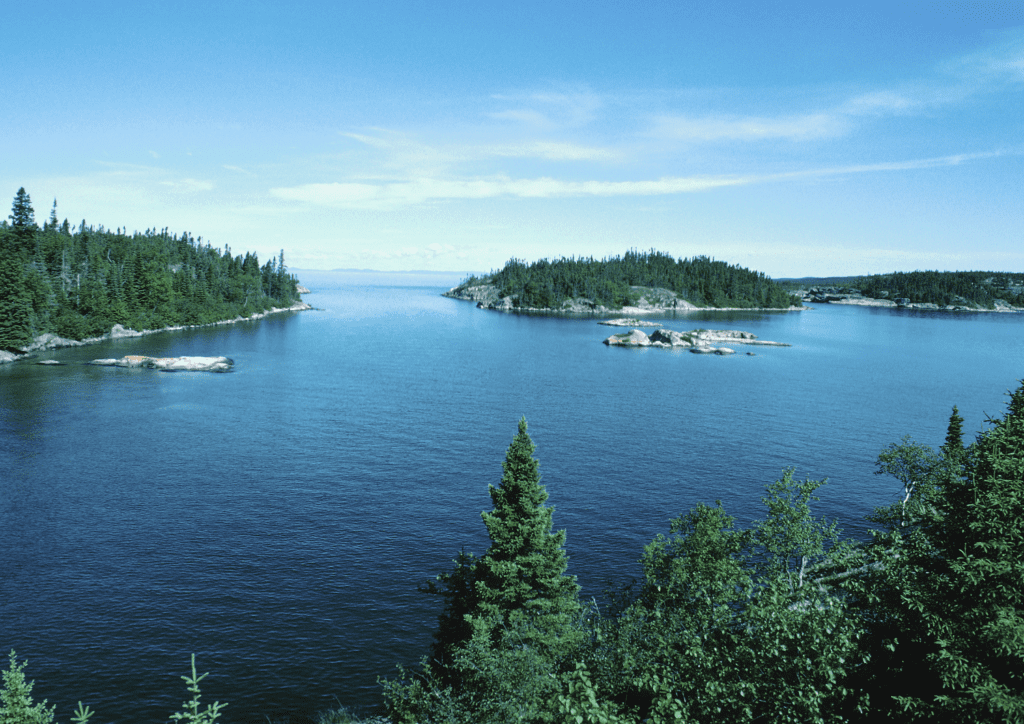Sometimes it takes a crisis, like the 2001 Walkerton tragedy that killed seven people, to wake people up to the need for change. But other times, strong politicians can lead the charge, such as in the case of the well-respected Northwest Territories water strategy. Right now, the Great Lakes are headed for a crisis, but we also have a unique chance right now to set a new course for the Great Lakes: one that will actually see water quality improve, instead of its current downward trajectory. But what will it take to make this change?
Are things really getting worse on the Great Lakes? They sure are. This year, we’re expecting significant toxic algal blooms to hit Lake Erie later in the summer. Harmful toxic substances like triclosan and triclocarban are building in the Great Lakes, and we continue to lose wetlands which play an important role in flood mitigation and water filtration, despite having already lost over 85 per cent of them.
Hope for a new path exists in a new agreement between the Canadian and Ontario governments, which is currently being negotiated and could be finalized any day now. The agreement is an extremely important framework that outlines the initiatives that will be done in the next five years to restore and protect Great Lakes water quality. It includes a list of activities that need to be done on our side of the border if we are to meet our commitments to the United States under the binational Great Lakes Water Quality Agreement (which was re-negotiated in 2012).
Environmental Defence put forward some recommendations on how to improve the agreement. Our document was supported by 12 other Canadian organizations, and 12 U.S. organizations.
First and foremost, we’re hoping that this agreement gets finalized and implemented quickly. Action on the Great Lakes needs to be a top priority for both the federal and provincial governments. These lakes are a source of drinking water, food, economic growth, and ecological integrity. We cannot afford to let these waters be degraded.
We also emphasized the need to focus on some key threats to the Great Lakes. We need to do more to reduce pollution contributing to algal blooms, eliminate discharge of toxic substances into the lakes, and protect and restore wetlands and natural heritage features.
We also highlighted the need to incorporate some pretty fundamental and globally accepted water management principles into the agreement. For instance, all data and information should be available to everyone. The public – including First Nations and Métis – should be fully engaged not only in implementing the plan but in making important decisions that define it. We also need to evaluate how we are doing in an open and transparent way to make sure that the plan is working and water quality is improving.
Finally, nothing happens without financial resources. All the talk in the world will only get us so far if there are no budgets attached to the plan. Each government should announce specific financial commitments at the time of the signing of the new COA.
We hope that Canada and Ontario step up to the challenge and demonstrate political leadership in protecting this global resource before the next big crisis. The Great Lakes urgently need help and governments have a duty to protect and restore this resource for the benefit of present and future generations.







